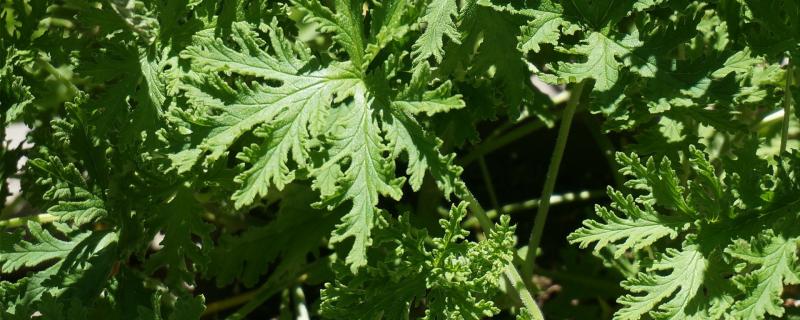Nature has an incredibly diverse array of life-hacks that can help us better solve various problems. Interesting phenomenon and natural resources can be abounding in even the most unexpected corners. One such unexpected location are the various hot water springs of Himalayas. Thriving with microbial life which can survive temperatures as high as 90˚C, these hot water springs are a treasure trove of exotic thermos-tolerant microbial enzymes which have a wide array of applications.
The Indian Space Research Organisation (ISRO) has achieved another leap in its quest for self-reliance in space, successfully launching the heaviest communication satellite ever lifted from Indian soil using its formidable heavy-lift rocket, the Launch Vehicle Mark-3 (LVM3). Affectionately nicknamed ‘Bahubali’ for its sheer power, the LVM3-M5 mission placed the critical 4,410 kg CMS-03 spacecraft into a precise Geosynchronous Transfer Orbit (GTO) on Sunday, November 2, 2025, from the Satish Dhawan Space Centre.
Sriharikota/





